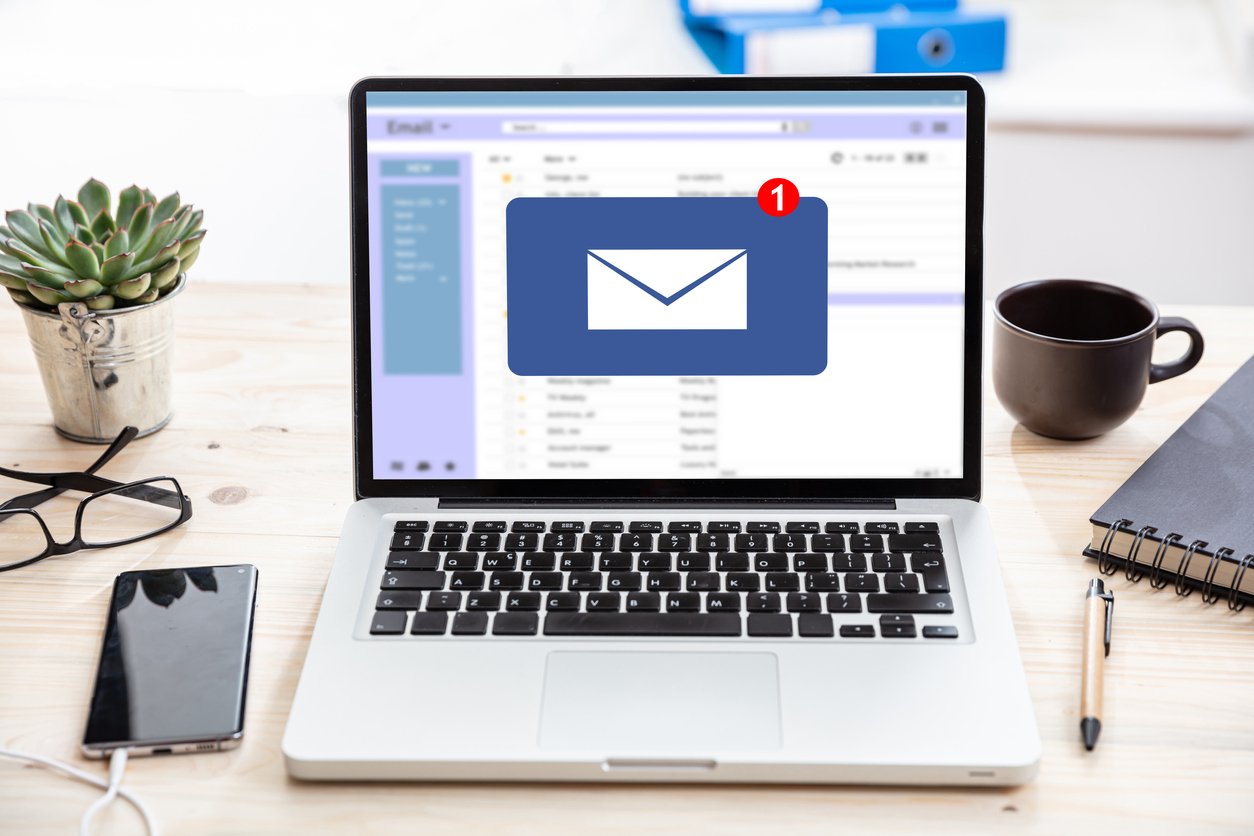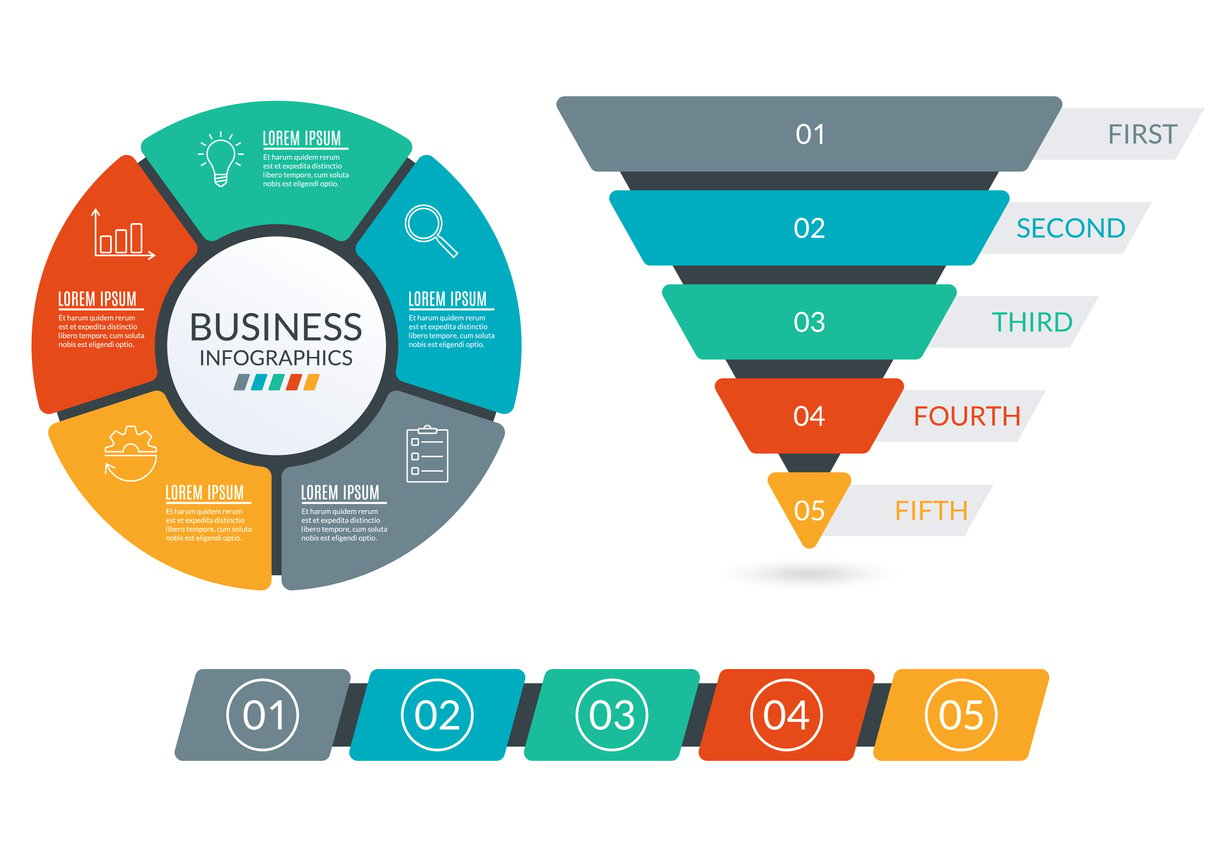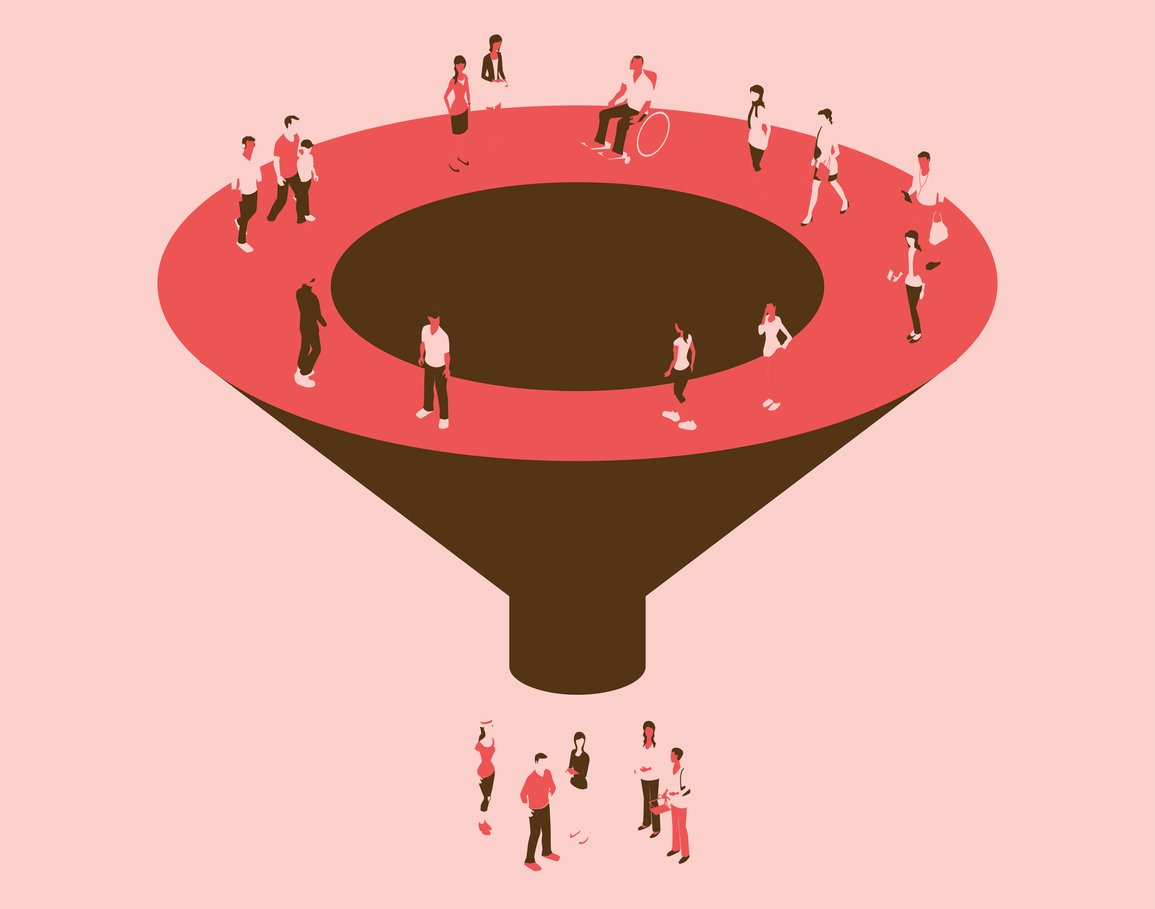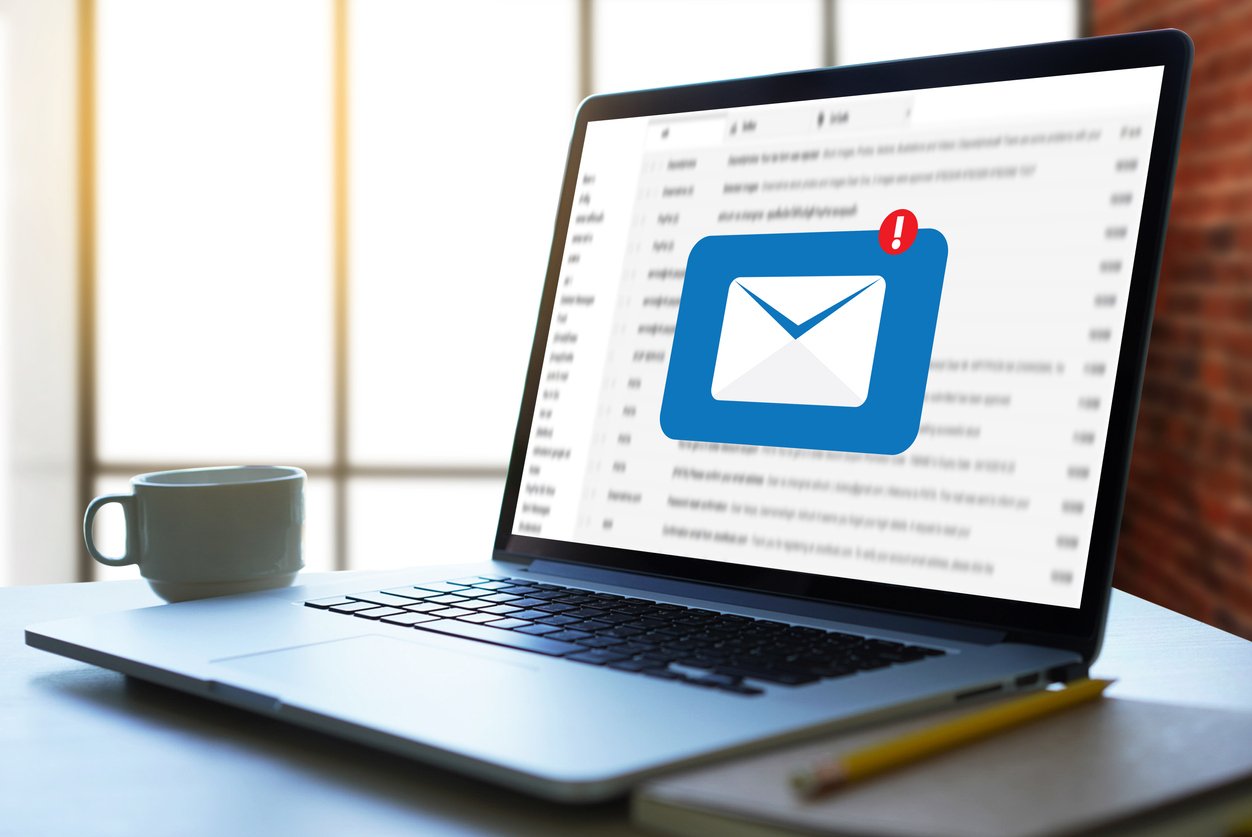
The Complete Guide to Lead Nurturing: Strategies, Tools, and Real-World Examples
 Updated on
Updated on
 By Carlos Correa
By Carlos Correa
Carlos Correa
Carlos has been involved in the sales space for well over ten years. He began in the insurance space as an individual sales agent, managing teams as s...
learn more
Carlos Correa
Carlos has been involved in the sales space for well over ten years. He began in the insurance space as an individual sales agent, managing teams as s...
Table of Contents
Table of Contents
Turning a lead into a customer isn't just about having a flashy website or a smooth sales pitch. It's about what happens in the middle; the messy, often-overlooked stage where interest either fizzles out or turns into revenue.
That stage is called effective lead nurturing, and it's where many businesses quietly win or lose.
The truth is, most leads aren't ready to buy the moment they land in your CRM.
Pushing too hard too soon can scare them off, while leaving them alone almost guarantees they'll forget you exist. The companies that consistently close deals master the art of staying relevant without being annoying.
This guide breaks down what lead nurturing strategy really is, why it's key to modern B2B sales and marketing teams, and the lead nurturing automation strategies and tools that actually work.
What Is Lead Nurturing?

"What is the definition of lead nurturing?" The question that's circling in your mind.
Lead nurturing is the process of building and maintaining relationships with prospects at every stage of the buyer's journey by providing relevant information, personalized communication, and timely engagement until they are ready to make a purchase decision.
In other words, it's about meeting leads where they are, understanding their needs, and helping them progress toward becoming paying customers. Instead of leaving leads to "warm up on their own," businesses guide them with carefully designed communication.
Clarifying Misconceptions
Many people think lead nurturing is simply sending an occasional follow-up email.
But effective nurturing is far more strategic:
- It involves segmenting leads based on behavior and interests.
- It requires consistent communication across multiple channels (email, SMS, phone calls, social, and more).
- It's ongoing — not just one campaign but a sustained effort that aligns sales and marketing.
For example, an inbound lead nurturing agency focuses on educating prospects who found you organically through search or content marketing. Outbound nurturing often involves warmer, more proactive follow-ups to cold leads sourced from outreach.
SaaS lead nurturing, on the other hand, may include onboarding sequences and trial user engagement designed to encourage conversions and retention.
Why Lead Nurturing Matters

Lead nurturing flow matters because it bridges the gap between generating interest and closing a sale. Without it, even the highest-quality leads can slip away.
Research shows that only a small fraction of leads are ready to buy immediately. In fact, up to 80% of new leads never translate into sales without proper nurturing. That means if you're not actively engaging prospects, you're leaving significant revenue on the table.
The Core Benefits of Lead Nurturing
Curious about what a lead nurturing program can do for your inside sales? You're in the right place to discover the advantages!
Here are the core benefits you can expect:
- Higher Conversions: Nurtured leads produce 47% higher average order values compared to non-nurtured leads (Marketo).
- Shorter Sales Cycles: Consistent communication helps leads make decisions faster.
- Stronger Trust: Nurturing positions your company as a reliable, knowledgeable partner.
- Better ROI: Marketing campaigns aligned with nurturing see improved efficiency and lower customer acquisition costs.
Adopt lead nurturing tactics, and you'll watch your customer relationships flourish, leading to sustainable growth and a stronger bottom line.
Real-World B2B Scenarios
Let's imagine two software companies at a trade show.
Both collect 500 new contacts.
Company A sends one generic thank-you email and then goes silent. Company B segments contacts into categories (decision-makers, influencers, and technical evaluators), then sends relevant content and follows up with personalized demos.
Six months later, Company B has converted 20% of those contacts into customers, while Company A barely converts 3%.
The difference? Lead nurturing marketing.
Lead Generation vs. Lead Nurturing
You've properly heard the term lead generation, but don't get it mistaken for the nurturing process.
Here's a simple breakdown for you to get a better understanding of each.
|
Aspect |
Lead Generation |
Lead Nurturing |
|
Goal |
Attract and capture new prospects |
Build relationships and guide toward purchase |
|
Focus |
Awareness and interest |
Education, engagement, and trust |
|
Typical Activities |
Ads, SEO, gated content, events |
Lead nurturing email sequences, SMS, personalized content, retargeting ads |
|
Stage |
Top of funnel |
Middle to bottom of funnel |
Without consistent nurturing, even the hottest leads can cool off and eventually fizzle out. By consistently engaging with your leads, providing valuable content, and building trust, you ensure that the spark you ignited transforms into a roaring flame, ready to convert into loyal customers.
Remember, it's not just about generating leads; it's about cultivating relationships that lead to lasting success.
The Lead Nurturing Process

The lead nurturing process is a structured series of steps that guide prospects from initial interest to becoming paying customers. While every business adapts the process to its audience and industry, the core stages remain consistent.
Let's break it down into five main components:
Lead Capture and Qualification
Before you can nurture leads, you need to capture them.
This usually happens through:
- Landing pages with gated content (eBooks, whitepapers).
- Demo request forms.
- Webinar signups.
- Trade shows and events.
But capture is only the first step. Leads must be qualified to ensure they're a good fit. Qualification involves checking if the lead matches your target persona and has buying intent.
For example, a student downloading a free eBook on cloud computing might not be as valuable as a CTO researching SaaS platforms. Tools like our lead automation software (That's Ringy) can score leads automatically, assigning higher value to decision-makers, engaged visitors, or those showing strong intent.
Segmentation
Leads are as unique as their fingerprints. Segmentation ensures each lead receives communication relevant to their situation.
Segmentation can be based on:
- Demographics: Industry, company size, job title.
- Behavioral Data: Pages visited, resources downloaded, interactions with sales reps.
- Stage in the Funnel: Awareness, consideration, decision.
For example, a lead who downloaded a pricing sheet may be further along than someone who only read a blog article. Sending both the same content would be ineffective.
Effective segmentation is the foundation of personalization, which in turn drives higher engagement.
Multi-Channel Communication
Relying on just email is a common mistake.
Today's leads interact across channels, so your nurturing should too.
Some common channels include:
- Email sequences (educational content, product updates).
- SMS for quick reminders or confirmations.
- Phone calls for high-value accounts.
- Social media engagement and retargeting.
- Paid ads targeted at segmented audiences.
According to Demand Gen Report, multi-channel lead nurturing campaigns can increase engagement significantly compared to single-channel efforts.
Automated Workflows
Automation is what makes nurturing scalable. Instead of manually sending follow-ups, you design workflows triggered by specific actions.
For example:
- A new trial signup receives a welcome email + tutorial series.
- If they don't log in within 3 days, they get an SMS reminder.
- If they still don't engage, a sales rep is notified to call.
Automation platforms like Ringy, HubSpot, or Marketo allow businesses to map these workflows visually, ensuring no lead falls through the cracks. The key is balancing automation with human touch—too much automation can feel robotic, while too little may miss opportunities.
Measuring and Optimizing
Finally, nurturing is never "set it and forget it." You must measure results and optimize.
Metrics to track include:
- Email open/click-through rates.
- Conversion rates by campaign.
- Time from lead capture to closed deal.
- Sales-qualified leads (SQLs) generated.
For example, if one email sequence consistently has low open rates, it may need better subject lines or improved targeting. Continuous optimization ensures your nurturing program adapts to changing buyer behaviors and market trends.
Lead Nurturing Strategies That Work

Great nurturing strategies don't just move leads forward — they make sure competitors don't get a chance to sneak in.
Let's break down the approaches that consistently drive results.
Email Sequences & Campaigns
Email is still one of the most powerful nurturing tools, but only when it's done right. Generic "just checking in" messages get deleted. Strong sequences provide value at every touchpoint: onboarding flows for trial users, case study campaigns for decision-makers, and re-engagement emails for dormant contacts.
Ringy Tip: Check out our guide to lead nurturing emails.
Personalized Content Delivery
Personalization isn't sprinkling someone's first name into a subject line. It's sending industry-specific reports to a CFO, integration details to an IT director, or ROI benchmarks to a COO. When prospects feel like you understand their unique challenges, they're more likely to stick around.
Multi-Channel Outreach
Relying on one channel is a recipe for missed opportunities.
B2B nurturing works best when it spans multiple touchpoints:
- Email for structured sequences.
- SMS for quick reminders.
- LinkedIn for thought leadership and networking.
- Retargeting ads to stay visible.
- Direct calls when prospects show strong intent.
A prospect might ignore one channel, but rarely all of them. Multi-channel outreach ensures you're present without being pushy, giving prospects multiple ways to engage on their own terms.
Behavior-Based Triggers & Automation
Automation shines when it responds to buyer behavior. If a prospect lingers on your pricing page, a follow-up email with a relevant case study makes sense. If they register for a webinar but don't attend, an SMS reminder or a replay link keeps them engaged.
Setting up an automation strategy is one of the best ways to approach this, so that you know what is required from your team every step of the way.
B2B Lead Nurturing Best Practices
B2B nurturing is a marathon, not a sprint. Unlike consumer sales, where decisions happen quickly, B2B deals take time, trust, and teamwork.
Here's our top B2B lead nurturing best practices.
Timing, Personalization, Patience
B2B leads expect persistence, but not pressure. Follow up too quickly and you look desperate; too late and a competitor slides in.
The winning formula?
Consistent outreach, personalized to their role and stage, backed by patience. Enterprise deals often take six months or more. The companies that win are the ones who keep showing up with relevant value over time.
Differences from B2C
In B2C, the goal is often impulse-driven conversions. In B2B, decisions involve multiple stakeholders, longer sales cycles, and bigger financial commitments. That means B2B nurturing leans heavily on education and reassurance, not urgency. Think thoughtful guide, not fast-talking salesperson.
SaaS Lead Nurturing Examples
Have you ever wondered how some companies just seem to know what you need, even before you do? It's often because they've mastered the art of lead nurturing.
SaaS companies are masters of nurture-by-behavior:
- Trial onboarding sequences that push users toward "aha" moments.
- Feature adoption nudges to boost engagement.
- Renewal campaigns that reinforce ROI before contract deadlines.
SaaS sets the tone for what's possible. But regardless of industry, the principles hold: educate, personalize, and respect the buyer's timeline.
Lead Nurturing Campaign Examples

Campaigns are where lead nurturing strategies stop being theory and start proving their worth. It's one thing to talk about personalization, automation, or multi-channel outreach in abstract terms—it's another to see how those ideas play out in practice.
SaaS Onboarding Flows
In SaaS, the trial period is both a gift and a curse. On one hand, it gives prospects hands-on experience. On the other, it creates a window where engagement can skyrocket or flatline.
Without structured onboarding, users may log in once, feel overwhelmed, and never return.
That's why onboarding flows are one of the most effective lead-nurturing campaigns in the SaaS world.
A typical flow might look like this:
- Day 1: A welcome email with a short setup video, highlighting how to reach the "aha" moment quickly.
- Day 3: A tutorial email personalized by role — for example, admins get configuration tips while end-users see how to complete core tasks.
- Day 7: A success story from a similar company, showing ROI within the first 30 days.
- Day 10: A check-in SMS nudging inactive trial users to log back in.
- Day 14: A call-to-action offering a live demo with a sales rep before the trial expires.
SaaS companies like Slack and Asana have perfected these flows. Their campaigns are designed to accelerate adoption and prove value quickly.
The result: trials convert to paid plans at a significantly higher rate — sometimes 20–30% better than companies without structured onboarding.
Manufacturing Distributor Nurturing
Manufacturing sales cycles are notoriously long. Technical buyers want to know product specifications, distributors want assurance of ROI, and end customers often need proof that solutions will actually solve their problems.
A single demo rarely seals the deal.
That's why nurturing campaigns in this sector often lean on education-heavy content delivered over months.
A campaign might start with a post-event email to distributor leads who visited a trade show booth. Instead of sending a generic thank-you, the company segments attendees by product interest.
Each segment receives a series of tailored emails:
- Engineering managers get detailed product spec sheets.
- Finance managers receive ROI calculators and case studies.
- Procurement staff get comparison guides to help justify vendor selection.
After 30–60 days, the campaign might introduce a webinar series; not a sales pitch, but a technical deep dive hosted by engineers.
B2B Agency Webinar Follow-Ups
Agencies often live and die by the quality of their lead nurturing. A webinar is a great demand-gen tactic, but without structured follow-up, the energy evaporates as soon as the session ends.
A strong agency campaign looks like this:
- Day 1: A thank-you email with a replay link — so attendees can share with colleagues who couldn't make it.
- Day 3: A follow-up email highlighting 3–4 key insights from the webinar and linking to a related blog or whitepaper.
- Day 5: Retargeting ads on LinkedIn that show case studies relevant to the webinar topic.
- Day 7: A personalized outreach from a sales rep via LinkedIn or email, offering a quick call to discuss challenges mentioned in the webinar.
- Day 14: A final email with a limited-time offer to book a strategy session.
The key here is that the campaign isn't random. It connects the dots from initial engagement to the agency's core services. By the end of two weeks, the most interested leads have moved from "attendee" to "SQL."
Here's a basic table breaking down what we have learnt.
|
Campaign Type |
Target Audience |
Campaign Elements |
Outcome |
|
SaaS Onboarding Flow |
Trial users |
Welcome emails, tutorials, case studies, SMS nudges |
+20–30% trial-to-paid conversion |
|
Distributor Nurturing |
Manufacturing distributors |
Spec sheets, ROI calculators, webinars, retargeting ads |
Sales cycle cut by 3 months |
|
Webinar Follow-Up |
Agency webinar attendees |
Replay emails, insights, retargeting, LinkedIn outreach |
35% booked demos within 2 weeks |
Hopefully, these examples spark some ideas for your own nurturing campaigns. Remember, a well-cared-for lead is a happy lead!
Lead Nurturing Tools You Should Know
Even the best nurturing strategy collapses without the right tools. Technology turns nurturing from an ad-hoc process into a repeatable system.
Here are the main categories and how they contribute to lead nurturing:
- CRMs organize contacts, track deals, and keep sales and marketing aligned.
- Automation platforms deliver campaigns triggered by behavior and timing.
- Analytics tools measure performance and show what's working.
So, while a great nurturing strategy is your foundation, having the right tools is like giving that foundation a rocket boost. They turn your brilliant ideas into a smooth, efficient system that keeps those leads engaged and moving forward.
How Ringy Fits as an All-in-One
Having to constantly switch between different tools for your customer relationship management, automation, and reporting can be a real pain, can't it? This tool-juggling often leads to administrative headaches, eating into the precious time your sales team should be spending on what truly matters: generating revenue.
Imagine a world where all these functions are seamlessly integrated into one powerful platform. Ringy, our sales software, brings CRM, automation, and reporting together, eliminating the need to jump from one system to another.
This means less wasted time on administrative tasks, fewer frustrations, and ultimately, more opportunities for your sales team to focus on what they do best: driving sales and increasing your bottom line.
HubSpot vs. Marketo
HubSpot offers an inbound-friendly ecosystem and ease of use, but costs can add up. Marketo is enterprise-grade with deep customization, but requires more technical lift.
No tool is perfect, but the right one keeps your pipeline moving smoothly. The wrong one? It collects dust while leads slip away.
Common Lead Nurturing Challenges (and How to Overcome Them)

Let's be honest, nurturing programs don't usually fail because you had a bad idea.
They fail because the execution falls apart.
And if you've ever built one, you've probably seen these roadblocks firsthand. The good news? Once you know what to watch for, fixing them isn't as complicated as it feels.
Poor Segmentation
If you're still sending the same email to every single lead, it's no wonder your open rates are tanking. People can smell "mass blast" emails a mile away. The CFO doesn't want the same message as the IT director, and the marketing manager isn't interested in technical integration guides.
The fix? Segment your leads by role, industry, or funnel stage. When you do this, you can actually speak to their problems instead of throwing generic content at them. Trust me, the difference in engagement is night and day.
Lack of Follow-Up
This one stings because it's so common: you capture a great lead, maybe even have an initial conversation, and then… nothing. Life gets busy, other priorities pop up, and suddenly that warm lead turns cold.
The fastest way to waste a lead is to forget about them. That's where automation comes in. Set up workflows that ensure no one slips through the cracks. Even a simple "checking in" nudge or a relevant case study delivered automatically can keep you top of mind.
Combine that with a rep following up at the right moment, and you'll be amazed how many "lost" leads re-engage.
Over-Automation
Now, don't swing too far in the other direction. If your prospects feel like they're talking to a robot, you've overdone it. You know the type: three emails in a row that sound like they were written by a machine learning model with no personality.
Your automation should be efficient, but you still need the human touch: a quick phone call, a personalized LinkedIn message, or even a short, casual email written in your own voice. The magic happens when automation handles the grunt work, and you step in where it matters.
Weak Alignment
Here's a classic one: marketing is busy sending blog posts and whitepapers while sales is pushing pricing sheets and contracts. The lead gets both, and suddenly they're confused — are you trying to educate them or close them?
The only way to fix this is alignment. Schedule regular check-ins between sales and marketing, agree on messaging, and make sure both teams are speaking the same language.
When your teams are aligned, your leads feel like they're on a clear journey instead of being pulled in two directions.
How to Align Lead Generation and Nurturing
Here's the thing: lead generation fills your funnel, but nurturing is what actually keeps it flowing. Without one, the other doesn't matter much. You can't nurture a lead you don't have, and you can't rely on a bunch of cold leads without guiding them toward action.
Lead Generation vs. Lead Nurturing
Lead generation is about sparking awareness. You run ads, optimize your SEO, or host events to get people interested. That's great, but interest alone doesn't pay the bills.
Lead nurturing is about taking that interest and building trust over time. It's the follow-ups, the case studies, the timely phone call that makes a prospect feel like you understand them.
Put simply: lead gen opens the door; nurturing walks through it.
How They Complement Each Other
Here's where many teams mess up: they run lead generation campaigns without thinking about what happens next. The result? You end up with a giant list of names that go nowhere.
On the flip side, if you're only focused on nurturing but not actively generating new leads, your pipeline dries up. You need both. Together, they form a balanced process where every stage of the buyer's journey is supported.
Think of it this way: generation creates opportunities, nurturing converts them.
Tie to Lead Generation Software and Automation
The smartest way to connect the two is through software. Modern lead generation software doesn't just capture names; it integrates directly with your nurturing workflows. That way, the moment someone fills out a form, downloads a whitepaper, or signs up for a webinar, they're placed into the right nurture sequence automatically.
Master Lead Nurturing and Grow Your Bottomline
If there's one thing you should take away from this guide, it's this: lead nurturing isn't optional anymore; it's the difference between a pipeline full of "maybe later" and a pipeline full of customers.
Here's the good news: you don't need to reinvent the wheel. You just need the right process, the right mindset, and the right tools.
If you're serious about turning more leads into paying customers, now is the time to put your nurturing strategy on autopilot.
Request a demo to see how you can stop chasing leads and start closing them.

Skyrocket your sales with the CRM that does it all.
Calling? Check. SMS? Check. Automation and AI? Check. Effortlessly keep in touch with your customers and boost your revenue without limits.

Take your sales to new heights with Ringy.
Sales in a slump? Ringy gives you the tools and flexibility you need to capture leads, engage with them, and turn them into customers.
Subscribe to Our Blog
Enter your email to get the latest updates sent straight to your inbox!
Categories
Related Articles




































































































